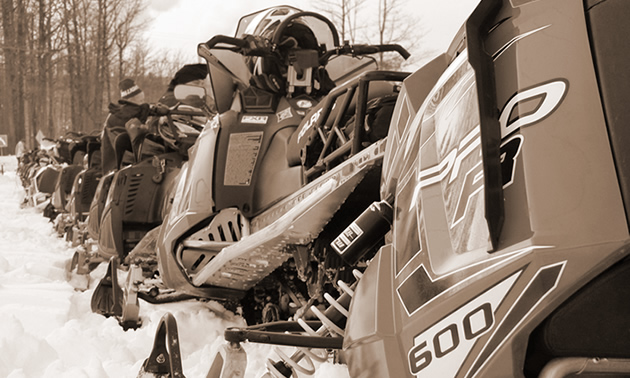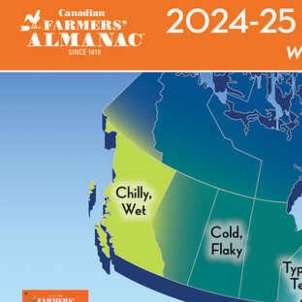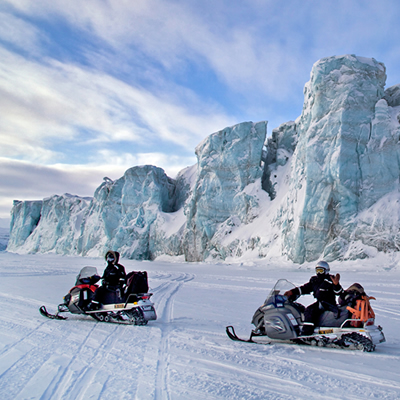Snowmobiling has been a part of the Canadian landscape since New Year’s Eve 1922, when a 15-year-old named Joseph-Armand Bombardier took his first “oversnow” vehicle for a test ride on the streets of Valcourt, Quebec. Little did he know that his creation would spawn one of Canada’s favourite and most popular winter sports. Would Mr. Bombardier turn over in his grave, though, if he saw the machines we are riding today?
Over the years, there have been numerous inventions that have shaped the way we ride and think about snowmobiling. It would be impossible to list them all in this timeline, so we have picked out the most influential. Sprinkled throughout, you will also find important dates that helped shape the burgeoning sport of snow biking.
During our research, we discovered that the lines of snowmobile invention are blurry since ideas have been borrowed (i.e., stolen). A tip of the hat to the original inventors as well as our gratitude to everyone—the manufacturers, aftermarket companies, clubs and riders—who has helped create the most awesome sport on the planet.
1922
- Joseph-Armand Bombardier develops the first oversnow vehicle.
1924
- Carl Eliason of Sayner, Wisconsin, builds and develops his “Motor Toboggan.”
1926
- [Snow Bike] The first example of a tracked bike was the three-wheeled R.A.S.K Triumph 500 cc.
1927
- Carl Eliason receives a patent for his Motor Toboggan.
1931
- Emmitt M. Tucker Sr. develops a machine that would later become known as the Tucker SNO-Cat, laying the groundwork for today’s trail groomers.
1931
- [Snow Bike] Italy’s semi-tracked Tractor Cycle motorcycle is featured in Popular Science magazine.
1937
- Joseph-Armand Bombardier receives a patent for his first tracked vehicle.
- [Snow Bike] Swiss inventor Adrien Mercier creates the La Moto-Chenille.
1941
- The Eliason snowmobile goes into production at the Four Wheel Drive Auto Company (FWD) in Clintonville, Wisconsin.

1942
- Bombardier opens its doors in Valcourt, Quebec.
1947
- The manufacturing of Eliason snowmobiles gets moved to the Canadian FWD plant in Kitchener, Ontario. Production of Eliason snowmobiles ended in 1963.
1950
- George and Allister Ingham of Lanigan, Saskatchewan, produce the first Canadian-designed single-track snowmobile. The Ingham Motor Toboggan was marketed from 1950 to 1963.
1954
- Heteen Hoist & Derrick in Roseau, Minnesota, is renamed Polaris Industries Inc., and the founders, David Johnson and Edgar and Allan Heteen, begin working on the company’s first snowmobile.
1956
Polaris builds its first production snowmobile, the 1957 Polaris Sno-Traveler.
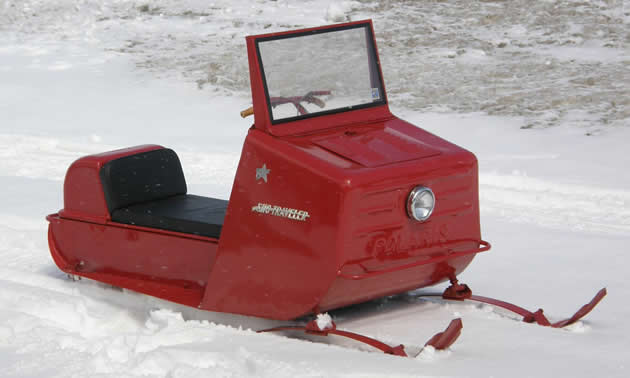
1957
- Polaris begins producing the Autoboggan, with sales being made by the inventor, Harry C. Paul of Winnipeg, Manitoba.
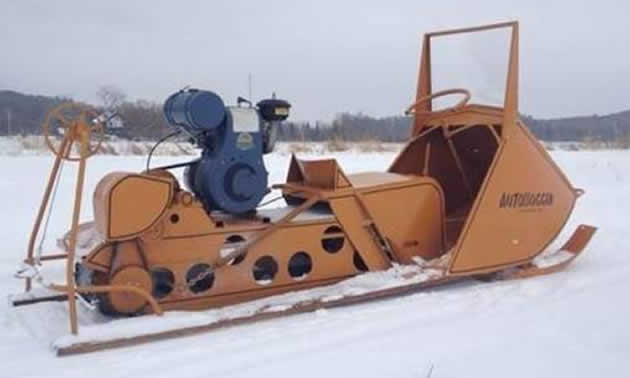
1959
- Bombardier launches the first two-person “Ski-Dog,” but due to a typing error, it was published as “Ski-Doo.”
1960
- Joseph-Armand Bombardier’s oldest son, Germain, receives a Canadian patent for the first seamless rubber track.
1961
- After leaving Polaris, Edgar Heteen establishes what would become known as Arctic Cat in Thief River Falls, Minnesota.
1962
Arctic Cat’s first snowmobile, the rear engine Model 500, goes into production.
1963
- Trail-A-Sled, which was based in Crosby, Minnesota, becomes the first American snowmobile to use a moulded rubber track. Trail-A-Sled later became known as the Scorpion.
1964
- This year marks the first use of two-stroke engines by Arctic Cat.
1966
- [Snow Bike] The Shrew goes into full production. This snow cycle kit was designed by the Hanson Brothers and manufactured by J.E. Love Co. in Garfield, Washington.
- Arctic Cat departs from bogie wheel suspensions with the introduction of a slide rail suspension system on its 1966 Panther.
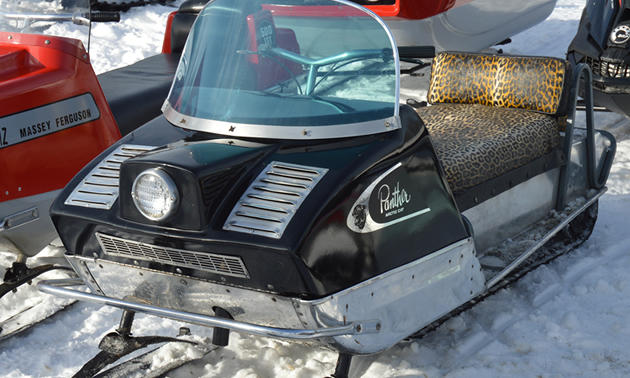
1968
Yamaha enters the snowmobile game with its two-stroke, twin-cylinder SL350. This was the first snowmobile with slide valve carburetors.
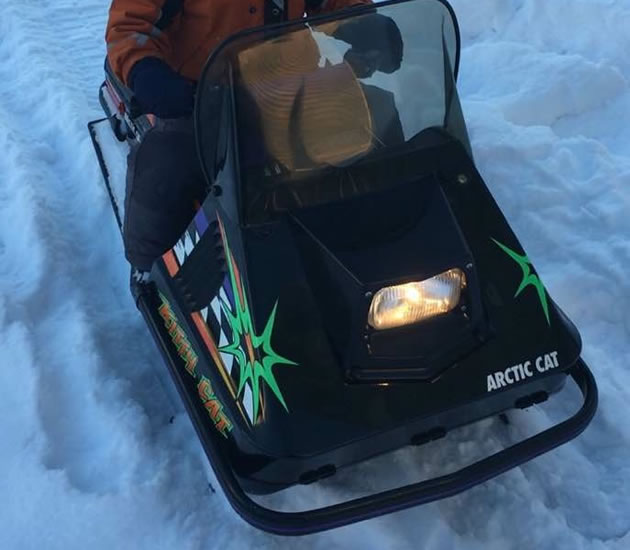
1972
- Arctic Cat’s Kitty Cat, which was the first kids snowmobile, goes into production.
1972
Brutanza Engineering of Brooten, Minnesota, introduces the first liquid cooled engine in its 1972 Brut LC44. Brutanza was later purchased by Scorpion Industries.
1973
- Brutanza Engineering introduces the heat exchanger concept.
- Ski-Doo invents and patents the ski carbide.
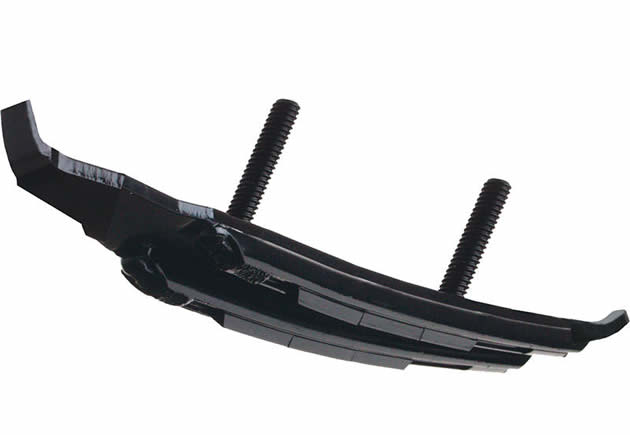
1976
- James Hollander starts designing the first heated handlebar grips, which would become known as Hot Grips.
1978
- Liquid cooling takes over as the major manufacturers start offering it.
1980
- Polaris introduces TXL Indy 340, which was the first production snowmobile with independant front suspension.
1981
Ski-Doo introduces the BR-400 snow groomer.
1984
- Yamaha releases the Phazer, a snowmobile that would set a new benchmark for snowmobiling in the mountains.
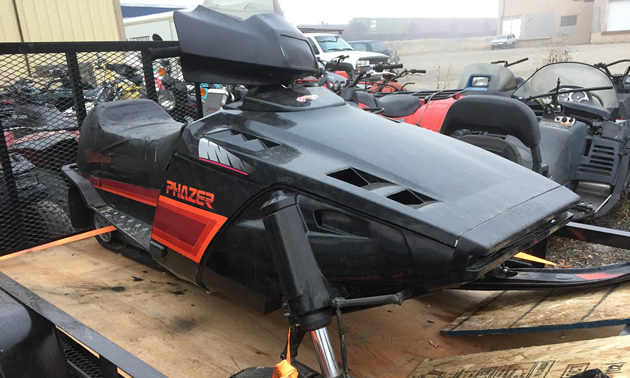
1988
Yamaha launches the Sno Scoot, an 80-cc snowmobile designed for kids.
1991
- Polaris releases the 1991 Indy 650 RXL EFI, which was the first snowmobile from an OEM to feature fuel injection.
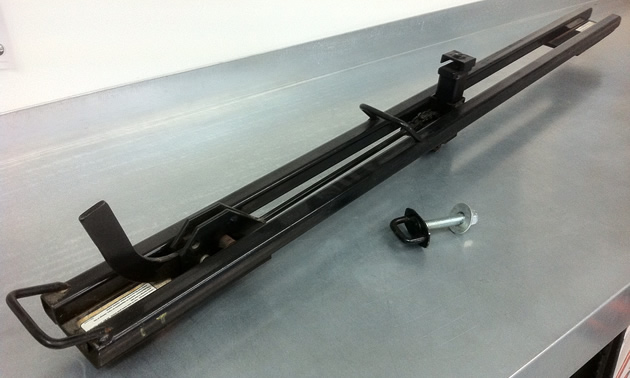
1996
- The industry’s leading snowmobile tie-down system, the SuperClamp, is invented by Albertans Don and Randall Bowman.
1997
- Arctic Cat launches snowmobiles with the first batteryless electronic fuel injection.
1998
- Ski-Doo introduces electronic reverse or RER.
2000
- The future concept of “clean” snowmobiles is born when Arctic Cat loans two prototype four-stroke snowmobiles for use in Yellowstone National Park.
2001
Ski-Doo introduces the rider-forward REV chassis in a snocross sled.
- [Snow Bike] Quebec-based A.D. Boivin Inc. releases the Snow Hawk. Although it was called a snowmobile, the Snow Hawk bore a much closer resemblance to a snow bike.
2002
- Arctic Cat releases the first modern, full-production four-stroke Trail and Touring models.
- Ski-Doo pioneers semi-direct injection two-stroke engine technology.
- Ski-Doo pioneers the rider-forward concept with the introduction of the REV platform for consumers.
- Timbersled Products is founded by Allen and Natasha Mangum in Sandpoint, Idaho.
2003
- The Yamaha RX-1 Snowmobile (1000-cc, four-stroke, four-cylinder) is introduced, the world’s first high-performance four-stroke sled.
- The Richfield, Utah-based Snow X Cycle goes into production.
2006
- The 2Moto snow bike design is tested.
2010
- The first Timbersled snow bike systems are produced in Ponderay, Idaho.

2012
- Ski-Doo launches revolutionary tMotion rear suspension on its 2013 XM Summit.
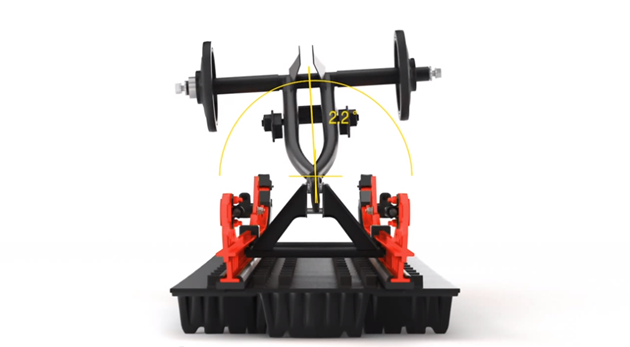
- Polaris introduces the first belt drive system on a production snowmobile for model year 2013.
2014
- The first 174-inch production sled was introduced for 2015 model year by Ski-Doo.
2015
- [Snow Bike] The first Canadian-made Yeti Snow MX goes into full production for 2016.
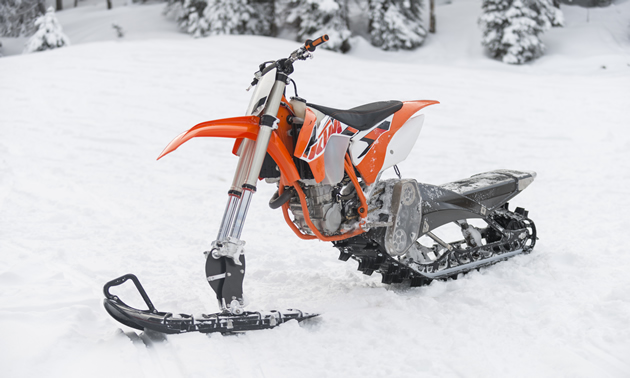
- [Snow Bike] Moto-Trax is founded and goes into production with the Scout.
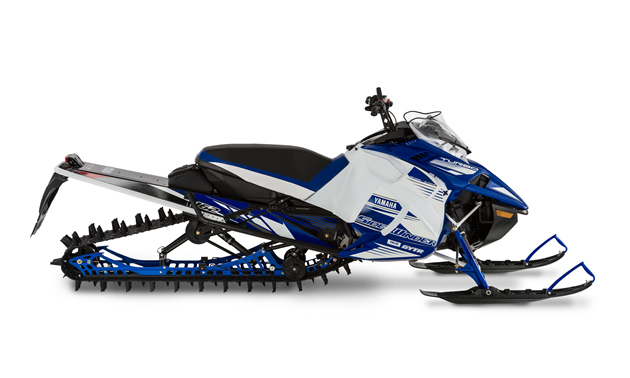
2016
- Yamaha reveals the 2017 SideWinder with the company’s first factory-installed turbo engine.
- Arctic Cat debuts the industry’s first OEM snow bike.
- [Snow Bike] Camso releases its 2017 Camso DTS 129
- [Snow Bike] Timbersled launches the first snow bike kit for kids, the ST 90 Ripper.
- [Snow Bike] The first year of production for Crazy Mountain Xtreme’s CMXBK commences.
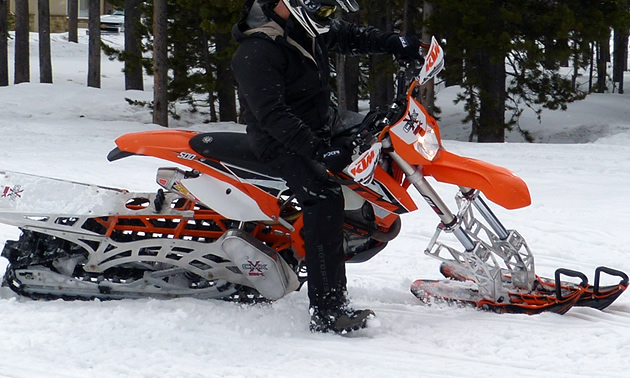
- [Snow Bike] Christini All Wheel Drive Motorcycles announces the development of its II-Track Snow Bike system, which is the world’s first AWD snow bike.
2017
- Arctic Cat acquired by Textron Industries for $247 million in an all-cash deal.

2020
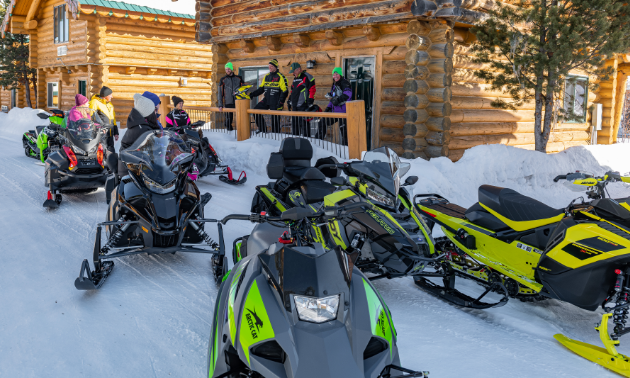
2022
- Taiga’s electric snowmobiles are here
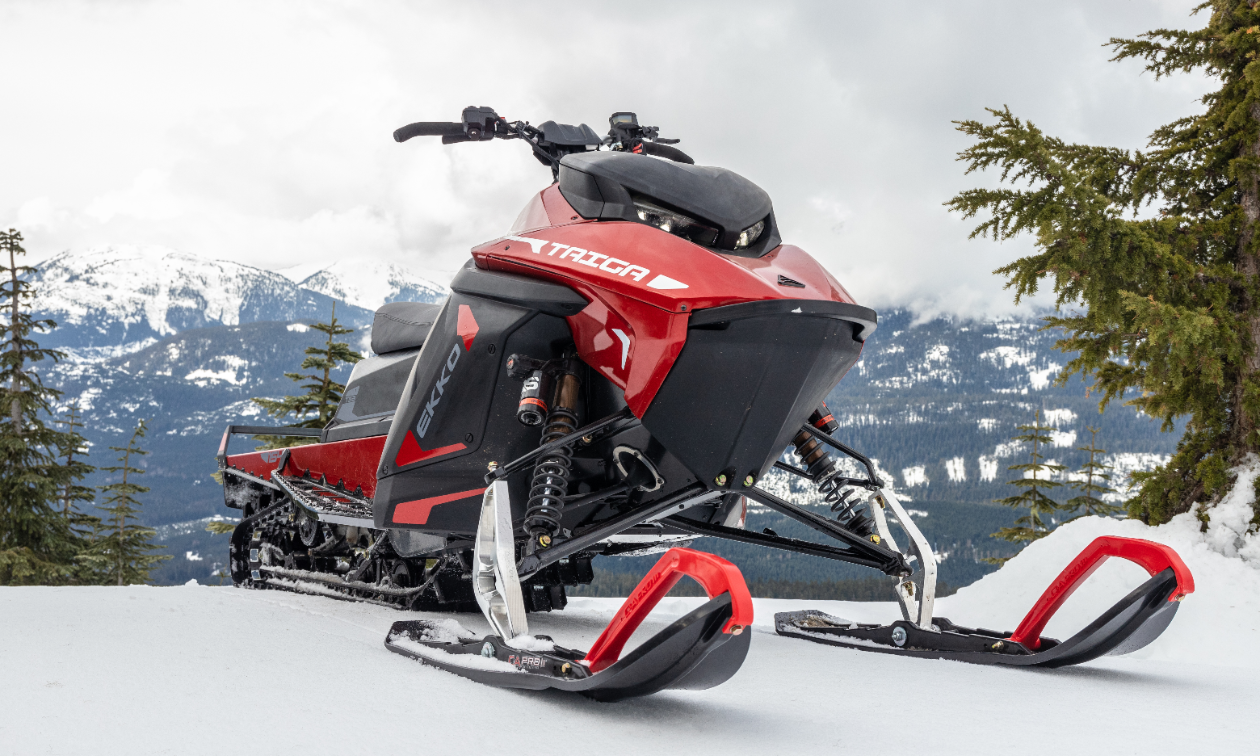
2023
- 2024 Ski-Doo Grand Touring Electric

Ski-Doo’s first foray into the electric snowmobile market is the 2024 Ski-Doo Grand Touring Electric. The Grand Touring Electric provides a close-range, emission-free, easy-to-handle snowmobiling experience. This machine was built for short, guided tours. Quick, automotive-standard level 2 charging lets touring outfitters quickly sustain full battery charge, suitable for guided rides of up to 50 kilometres.
Sources: Sources: The Canadian Encyclopedia, www.yamaha-motor.com, www.yamahapart.com, Top of the Lake Snowmobile Museum, www.trailasled.com, Trax The Evolution of Snowbikes, As The Snow Flies: A History of Snowmobile Development in North America — by L. Allister Ingham
